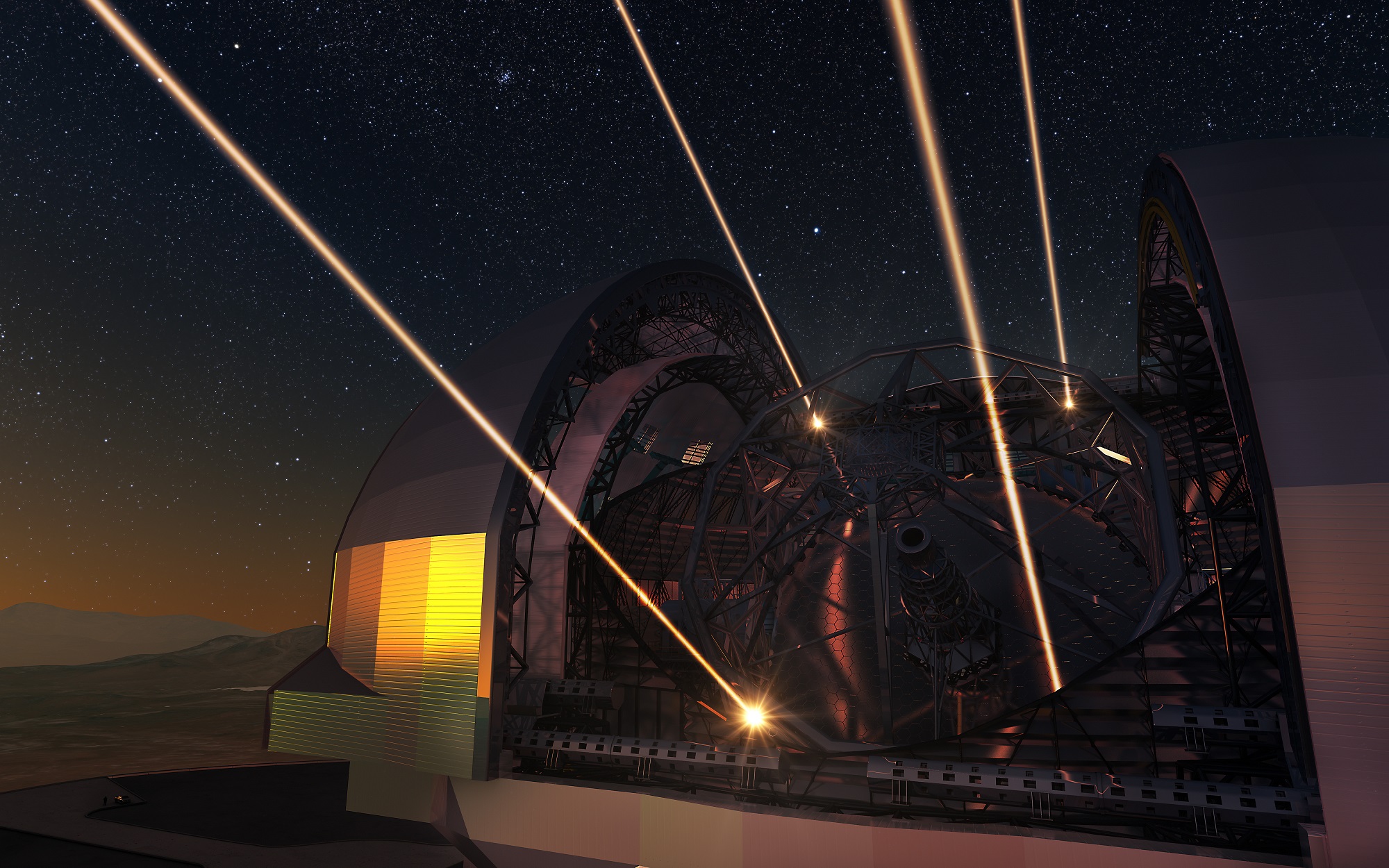Seldom Bucket
Well-Known Member
Astronomical Unit
In this series we are exploring the weird and wonderful world of astronomy jargon! It’s easy to measure your interest in today’s topic: the astronomical unit!
Measuring distances on Earth is pretty easy using units like kilometers or miles. Your nearest town might be a few kilometers away. A long-distance flight will cover thousands of miles.
But distances in space are a whole other beast. If we stuck to our Earth-bound conventions, it would just get ridiculous. Our Moon, the nearest (natural) object in space worth talking about, is almost four hundred thousand kilometers away. On average, Saturn is easily over a billion kilometers away.

Astronomy Jargon 101: Astronomical Unit - Universe Today
In this series we are exploring the weird and wonderful world of astronomy jargon! It’s easy to measure your interest in today’s topic: the astronomical unit! Measuring distances on Earth is pretty easy using units like kilometers or miles. Your nearest town might be a few kilometers away. A...
 www.universetoday.com
www.universetoday.com


